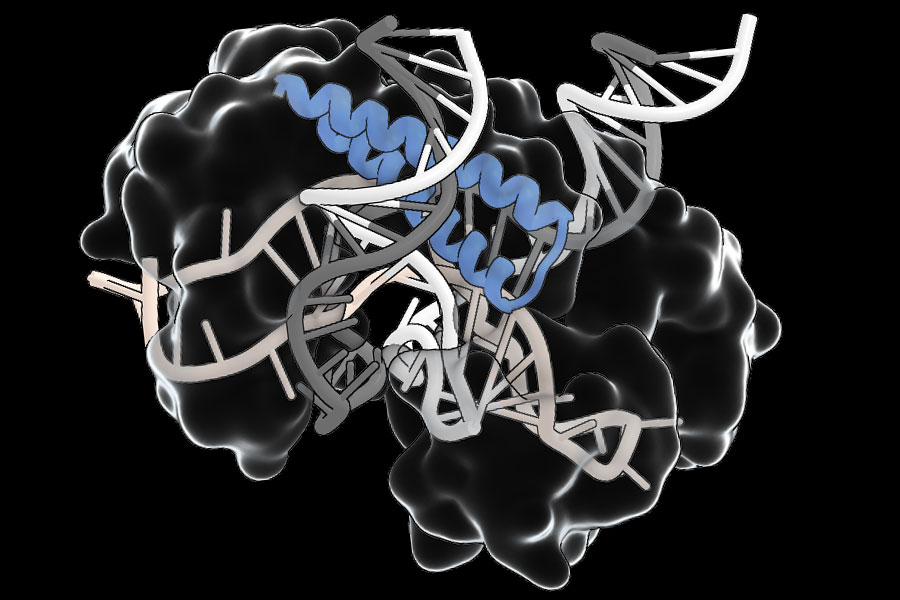The Rise of AI: Challenges and Opportunities in Creative Industries
The rapid proliferation of AI in our lives introduces new challenges around authorship, authenticity, and ethics in work and art. But it also offers a particularly human problem in narrative: How can we make sense of these machines, not just use them? And how do the words we choose and stories we tell about technology affect the role we allow it to take on (or even take over) in our creative lives?
The Intersection of Technology and Humanity
Both Vara’s book and The Uncanny Muse, a collection of essays on the history of art and automation by the music critic David Hajdu, explore how humans have historically and personally wrestled with the ways in which machines relate to our own bodies, brains, and creativity. At the same time, The Mind Electric, a new book by a neurologist, Pria Anand, reminds us that our own inner workings may not be so easy to replicate.
Searches: A Unique Artifact
Searches is a strange artifact. Part memoir, part critical analysis, and part AI-assisted creative experimentation, Vara’s essays trace her time as a tech reporter and then novelist in the San Francisco Bay Area alongside the history of the industry she watched grow up. Tech was always close enough to touch: One college friend was an early Google employee, and when Vara started reporting on Facebook (now Meta), she and Mark Zuckerberg became “friends” on his platform.
The Evolution of Technology and Art
In her essay “Stealing Great Ideas,” she talks about turning down a job reporting on Apple to go to graduate school for fiction. There, she wrote a novel about a tech founder, which was later published as The Immortal King Rao. Vara points out that in some ways at the time, her art was “inextricable from the resources [she] used to create it”—products like Google Docs, a MacBook, an iPhone. But these pre-AI resources were tools, plain and simple. What came next was different.
The Role of AI in Creative Processes
Interspersed with Vara’s essays are chapters of back-and-forths between the author and ChatGPT about the book itself, where the bot serves as editor at Vara’s prompting. ChatGPT obligingly summarizes and critiques her writing in a corporate-shaded tone that’s now familiar to any knowledge worker. Vara notices that ChatGPT writes “we” and “our” in these responses, pulling it into the human story, not the tech one.
The Blurring of Lines between Human and Machine
Vara has concerns about the words she’s used as well. In “Thank You for Your Important Work,” she worries about the impact of “Ghosts,” which went viral after it was first published. Had her writing helped corporations hide the reality of AI behind a velvet curtain? She’d meant to offer a nuanced “provocation,” exploring how uncanny generative AI can be. But instead, she’d produced something beautiful enough to resonate as an ad for its creative potential.
The Human Cost of AI
The machine wasn’t the only thing crouching behind that too-good-to-be-true curtain. The GPT models and others are trained through human labor, in sometimes exploitative conditions. And much of the training data was the creative work of human writers before her. “I’d conjured artificial language about grief through the extraction of real human beings’ language about grief,” she writes. The creative ghosts in the model were made of code, yes, but also, ultimately, made of people.
Conclusion
In the book’s final essay, Vara offers a mirror image of those AI call-and-response exchanges as an antidote. After sending out an anonymous survey to women of various ages, she presents the replies to each question, one after the other. Real people contradict each other, joke, yell, mourn, and reminisce. Instead of a single authoritative voice—an editor, or a company’s limited style guide—Vara gives us the full gasping crowd of human creativity.
FAQs
Q: What is the main challenge posed by the rapid proliferation of AI in our lives?
A: The main challenge is around authorship, authenticity, and ethics in work and art, and how to make sense of these machines, not just use them.
Q: How do the words we choose and stories we tell about technology affect its role in our creative lives?
A: The words we choose and stories we tell about technology can affect the role we allow it to take on (or even take over) in our creative lives.
Q: What is the significance of Vara’s book and The Uncanny Muse?
A: Both books explore how humans have historically and personally wrestled with the ways in which machines relate to our own bodies, brains, and creativity.
Q: What is the human cost of AI?
A: The human cost of AI includes the exploitation of human labor in training AI models and the use of creative work of human writers as training data.











